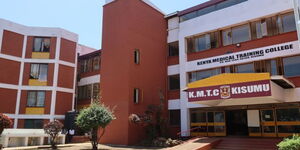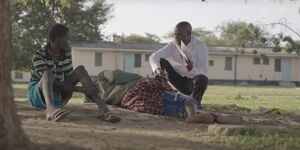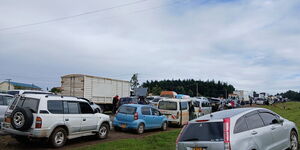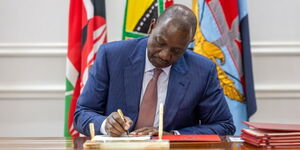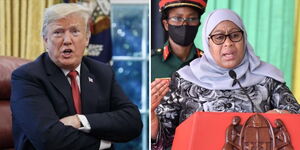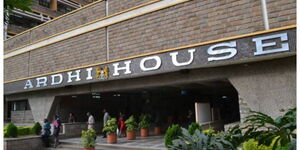Kenyans spent Ksh11.96 billion shillings on mitumba from January to June 2019 according to a report by Kenya National Bureau of Statistics (KNBS) even as the government tried to revamp local textile and leather industries.
According to KNBS the demand for second-hand footwear and clothing in Kenya is driven by the good quality and considerably low cost of the goods among a majority of Kenyans from the informal market.
This has dealt a blow to President Kenyatta’s Big Four Agenda pillar of manufacturing that has received incentives from the government as he battles European based industries that churn out these second-hand clothes and shoes.
The import bill on the second hand clothes rose by Ksh1 billion from January to June 2019 after Ksh5 billion was injected into Eldoret based Rivertex Textile Company in a bid to resuscitate the defunct manufacturing company.
Local textile companies are set to gain a financial boost after various state-owned development financiers merged.
Kenya Industrial Estates, Development Bank of Kenya and Industrial Development Bank of Kenya have been merged with that aim.
The local companies will also be helped in accessing new export markets and expanding the existing ones largely in Africa through the Integrated National Exports Development and Promotion Strategy, unveiled in July 2018.
In May 2017, Kenya rushed out of a collective East African Community move meant to ban mitumba after American supplies threatened to match the move with retaliatory action.
The suppliers had warned of lobbying Congressmen to block Kenya’s duty- and quota-free access to the US market under the African Growth and Opportunity Act (AGOA).
Leather, textiles and Agro-processing sub-sectors are largely seen as low-powered charges meant to jump-start President Kenyatta’s plan to revive and modernize Kenyan factories under the manufacturing pillar of the “Big Four” agenda.


